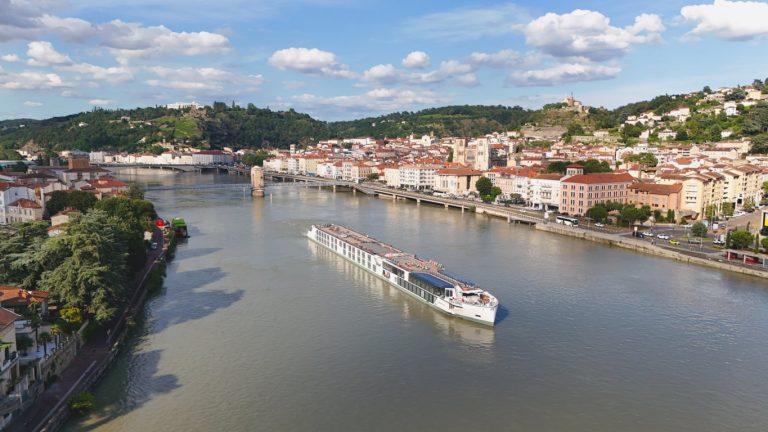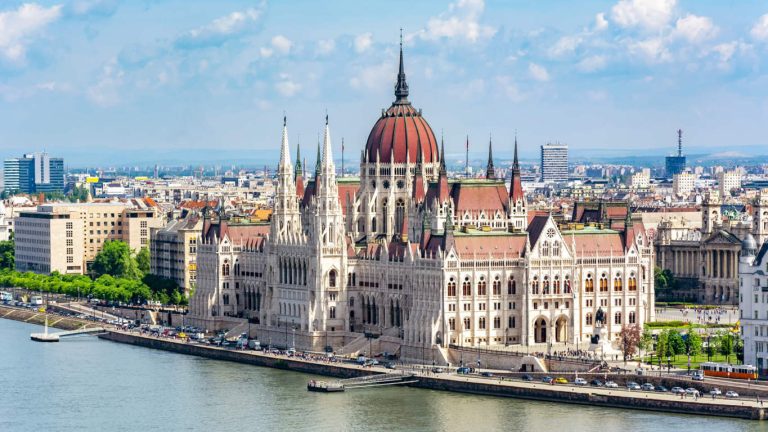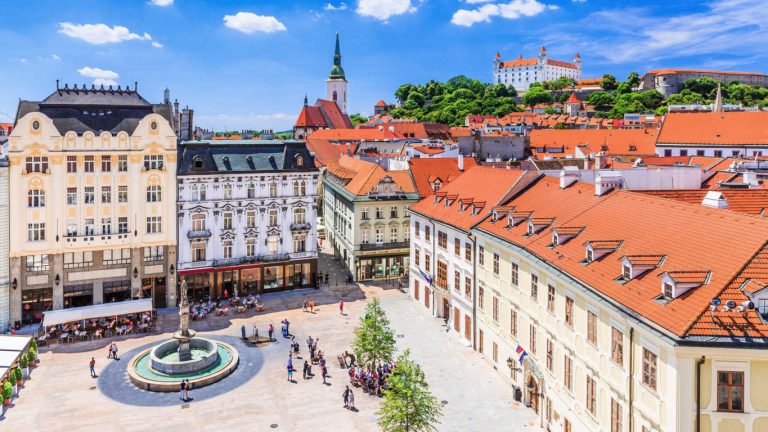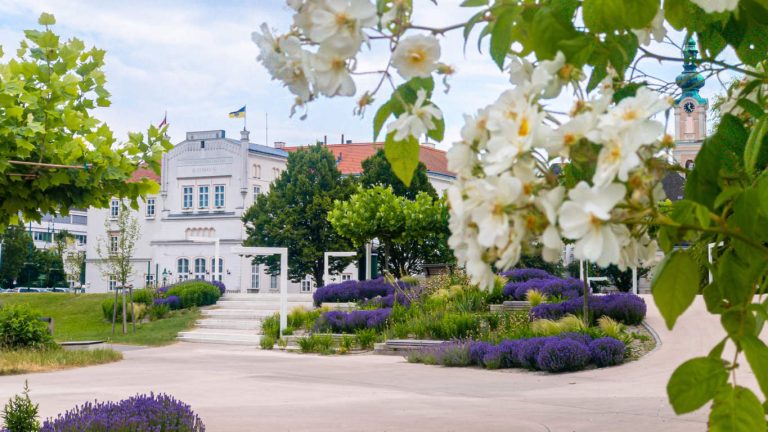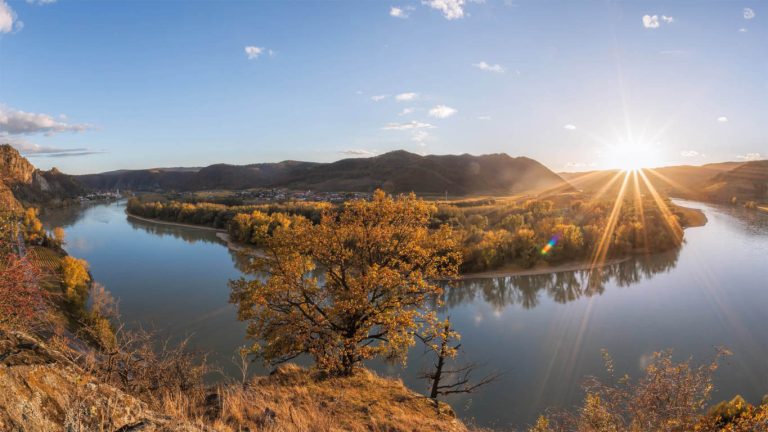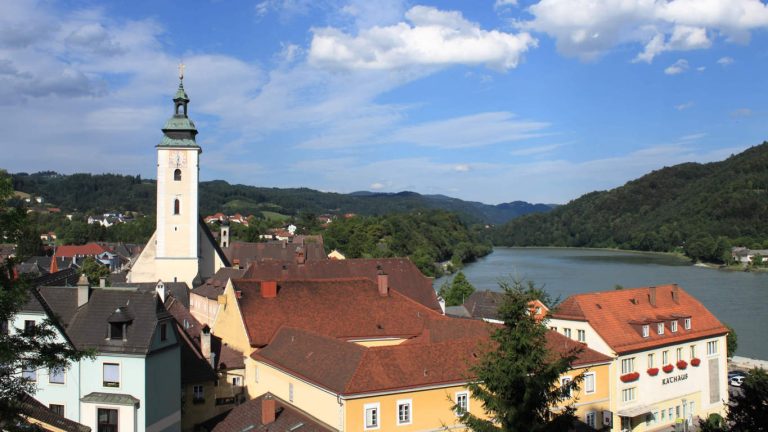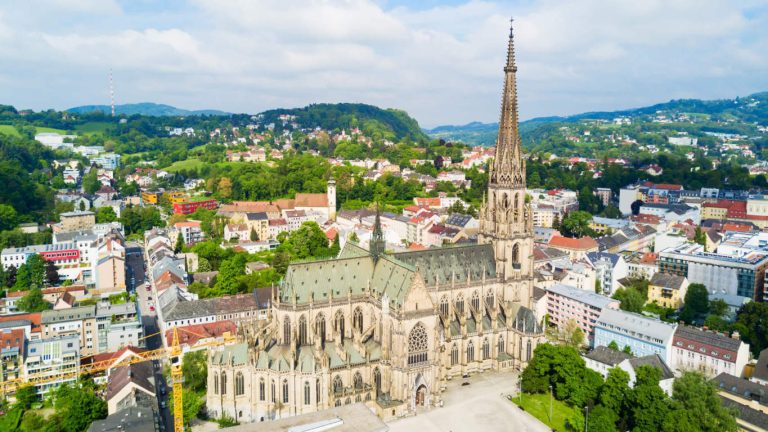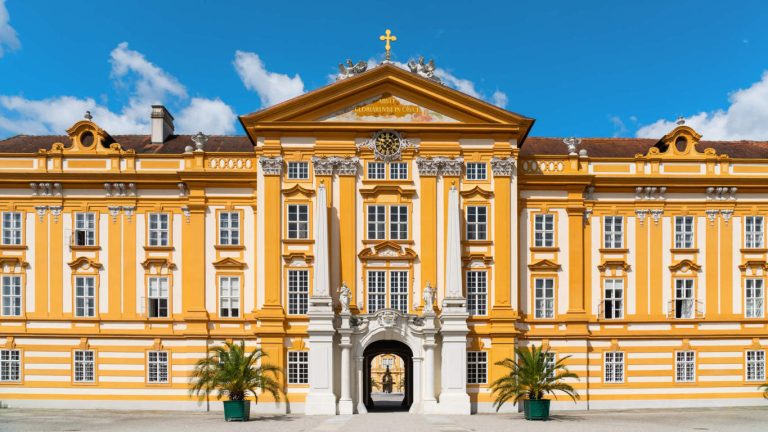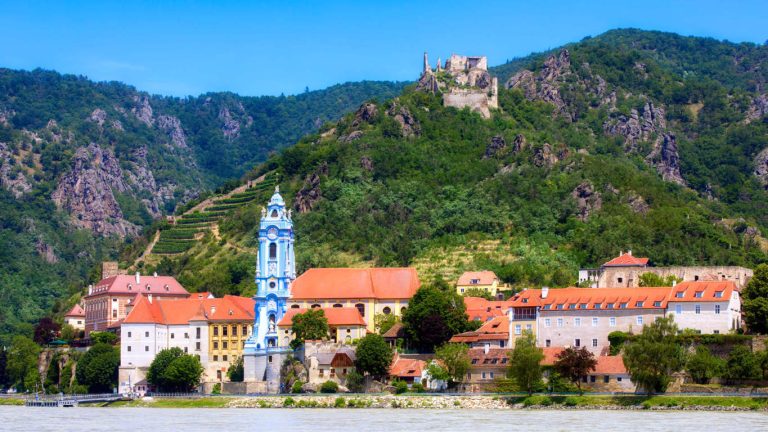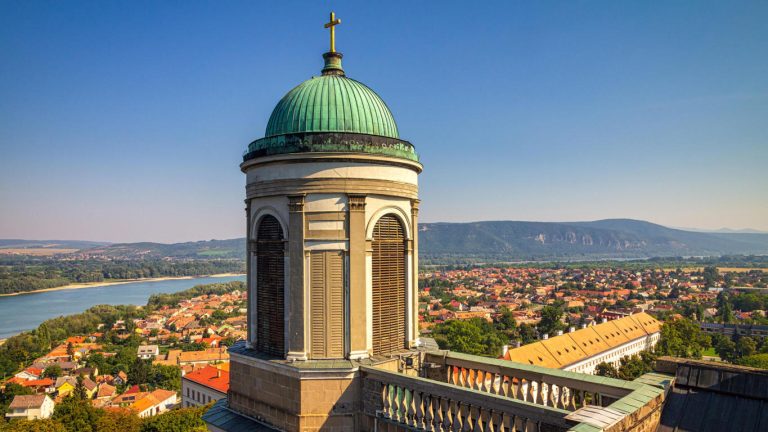Riverside: the heart of Europe along the Danube
Sailing along the Danube means crossing centuries of history and cultural layers that have shaped three European countries: Hungary, Slovakia, and Austria. The Call of the Danube itinerary offered by Riverside Cruises follows this river route with a meticulous approach, alternating monumental capitals with smaller towns of strong identity.
The experiences signed by Riverside offered throughout the route go beyond the contemplation of the landscape: both on board and ashore, each day is designed to foster conscious immersion in culture, historical memory, and local traditions, without neglecting moments of relaxation.
Budapest is both the starting point and final destination of this journey. The Hungarian capital offers, from the very first day, a plurality of stimuli. The Danube physically divides the city into Buda and Pest, but it also serves as a connecting thread to explore districts and monuments.
Riverside Ravel Vienne
Riverside Cruises offers excursions that include visits to the Fisherman’s Bastion and Matthias Church, overlooking the river, as well as discoveries of Buda Castle and the recently restored Castle Gardens. For those who prefer a slower pace, there are experiences in thermal baths, such as the historic Gellért Baths, and guided tours of the city’s natural underground complexes.
Departure from the river port takes place at dusk on the second day, allowing for views of the city illuminated from the Chain Bridge to the imposing Parliament, an architectural icon that accompanies the gaze even from the ship.
Next, navigation leads to Bratislava. The historic center of the Slovak capital, entirely pedestrian, allows for exploration without time constraints. Here, the company offers guided itineraries that emphasize the stylistic layering of the city: the Castle, visible already from the landing point, dominates the scene, but it is the underlying urban fabric that tells the transformation of Bratislava through the ages.
1. Budapest, Hungary
2. Bratislava, Slovakia
From St. Martin’s Cathedral, symbol of the Habsburg past, to 20th-century constructions and contemporary murals, the urban itinerary intertwines with moments of conviviality in historic cafés and taverns offering local cuisine, craft beers, and wines produced in the Little Carpathians region.
The following day begins with arrival in Tulln, an Austrian town on the Danube of Roman origin. Here the port has retained a commercial and tourist function, maintaining a direct relationship with the river. Despite damage suffered during World War II, the historic center was rebuilt respecting its original layout.
Passengers can take part in urban walks that include the old quarter and the riverbanks, where botanical paths and outdoor art installations unfold. In the afternoon, the cruise continues through the Wachau Valley, a wine-growing area declared a World Heritage Site, featuring views of terraced hills, fortified villages, and vineyards.
3. Tulln, Austria
3. Wachau Valley, Austria
The fifth day is dedicated to the discovery of Vienna. The urban layout of the Austrian capital unfolds through thematic itineraries: one can follow the Ringstrasse to understand the imperial ambition of the 19th century, or delve into the city’s musical production with guided visits to the Staatsoper and the Haus der Musik.
The most curious can also attend the morning training of the Lipizzaner horses at the Spanish Riding School, while those who prefer visual arts can choose from over a hundred museums, including the Belvedere, the Albertina, and the Kunsthistorisches Museum. Riverside excursions also include access to baroque palaces, such as Schönbrunn or Hofburg, to explore the court culture that shaped the city.
The journey continues to Grein, where one of Austria’s oldest municipal theaters is preserved, still active and integrated into today’s town hall. This small rococo gem, originally intended for travelers in transit along the Danube, narrates the cultural vocation of the place.
4. Vienna, Austria
5. Grein, Austria
Among the excursion options is also a visit to Greinburg Castle, home to the Danube Navigation Museum: an opportunity to reflect on the evolution of river transport and the economic and social importance of the waterway through the centuries.
The next stop is Linz, a city that in recent decades has redefined its identity, shifting from industrial center to cultural laboratory. The historic center, organized around the Hauptplatz, testifies to post-war reconstruction and the city’s choice to become a hub of innovation.
The Schlossmuseum houses permanent collections related to natural history and technology, while the Mariendom, the largest church in Austria, impresses with its monumental dimensions. Those wishing to explore the more modern side of the city can visit the Lentos Kunstmuseum or the ARS Electronica Center, symbols of a Linz projected into the future.
6. Linz, Austria
7. Melk, Austria
On the eighth day, the ship stops at Melk and then at Dürnstein. In Melk, the Benedictine Abbey dominates the hill and represents one of the most impressive examples of European Baroque. The guided tour allows exploration of decorated rooms, historic libraries, and gardens, still maintained by resident monks.
The afternoon continues in Dürnstein, a small village known for its blue tower and for the ruins of the fortress where Richard the Lionheart was imprisoned. Scenic walks and wine tastings complete the experience, offering a peaceful moment among the Wachau hills.
And so Vienna reappears in the itinerary with a second stop, designed to deepen or complete what was not previously seen. Some choose to visit lesser-known museums or attend evening concerts, others explore outlying districts such as the Naschmarkt or the Prater, where the city’s popular soul coexists with its monumental one.
The final stretch of the journey focuses on Esztergom, an important Hungarian ecclesiastical center. Here stands the country’s largest basilica, from whose dome there is a wide view of the Danube bend.
8. Durnstein, Austria
9. Esztergom, Hungary
The excursion also includes a visit to the Visegrád Citadel, an ancient strategic defense outpost, which testifies to the historic role of the river as a borderline. The return navigation to Budapest crosses some of the most iconic landscapes of the Hungarian section of the Danube, with short stops and spectacular views.
And finally, the arrival in Budapest brings the journey full circle. Some choose to enjoy a relaxing day in historic cafés or thermal baths, others take advantage of the last hours for a visit to the Jewish Quarter or the covered market.
In any case, the entire itinerary presents itself as a unique journey, made up of cultural details, harmonic landscapes, and moments of insight, built for those who wish to observe Central Europe with an informed and attentive gaze.
Don’t miss further information, news, and offers signed by Riverside Luxury Cruises on our website Cruising Journal.

